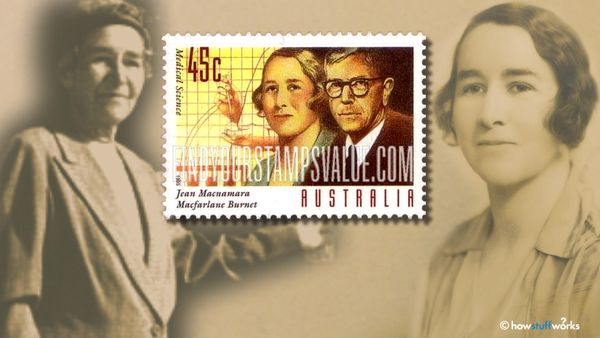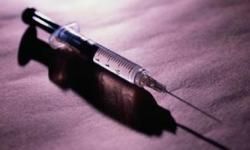Okatie Farms operated in the Pinckney Colony area of Beaufort County in coastal South Carolina. Originally called the Pritchardville Primate Center, the 40-acre (16-hectare) tract of land along the river was called the "Ellis Island for thousands of monkeys from India" by local newspapers.
Naturalist John Hamlet had the job of finding a space for the primate center that was both connected to deep water ports and airports but also remote enough from neighbors. The area he chose closely approximated the natural habitats of the monkeys with its abundance of shady longleaf pines and a mild climate.
The monkeys were originally brought into Savannah, Georgia, one of the region's biggest ports, and taken by truck the 30-odd miles (48 kilometers) to the farm. When air travel became more popular, they were flown via London and New York before traveling by train to the Low Country.
Once they arrived at the farm, veterinarians treated the 2,000 or so rhesus and cynomolgus monkeys before clearing them for transport to research facilities around the country. The monkeys spent 21 days getting acclimated and eating a special diet with scientists carefully monitoring their status. Many went to Salk's facility in Pittsburgh and Sabin's in Ann Arbor where they were injected with vaccines to test their strength against the three polio viruses.
Few locals were aware of the research that was going on at the farm, despite rumors of people encountering the animals. We were unable to discover any opposition to the research facility, perhaps because it was not well-known and also because opposition to using animals in testing was not very common. In the U.S., the movement against animal testing picked up steam around 1980.
"Not until much later did I hear about Pinckney Colony [the community where Okatie was located] and the 'Monkey Farm' from some friends who had lived there," says David M. Taub, the former mayor of Beaufort and a former scientist at the nearby Morgan Island research facility.



